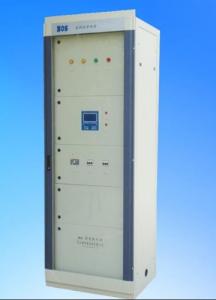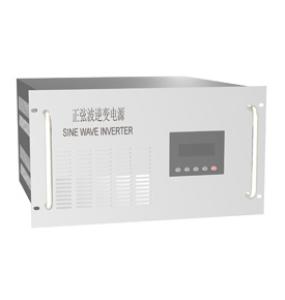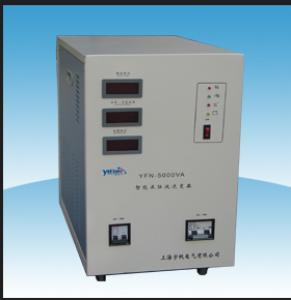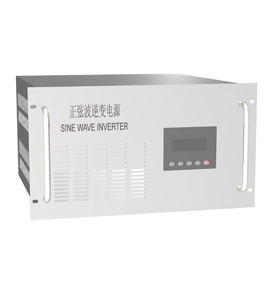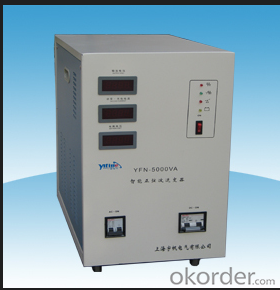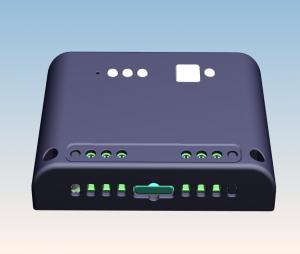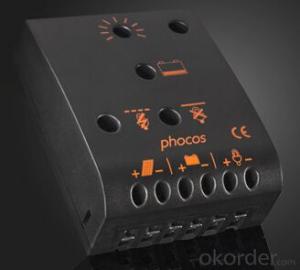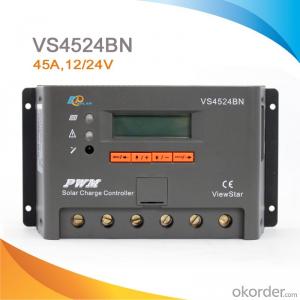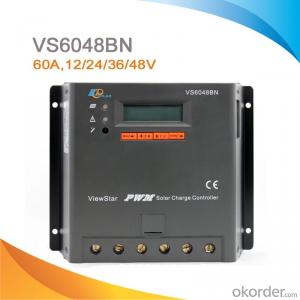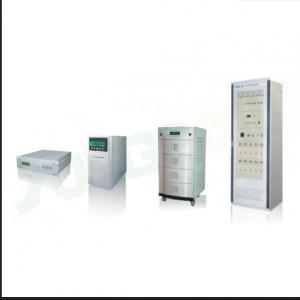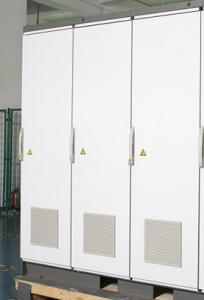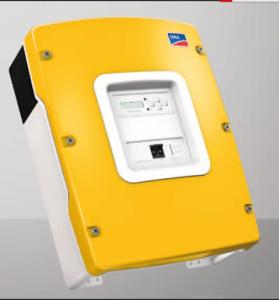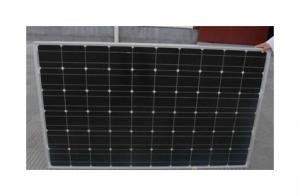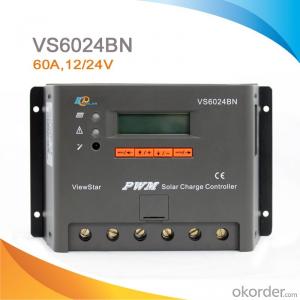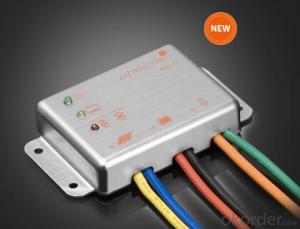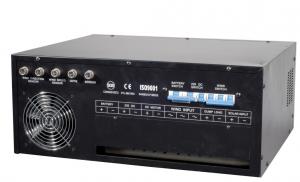Solar Irrigation Controllers PV Off-Grid Inverter from China GN-3KDSL-22R
OKorder Service Pledge
OKorder Financial Service
You Might Also Like
Description:
CNBMSOLAR is a world-leading and Vertical integrated manufacturer of high-performance with Silicon,
Wafer, Cells, Modules, which convert sunlight into electricity for residential, commercial, and utility-scale
power generation.
The capacity of CNBMSOLAR is reach to 1GW, and make sure each year our shipment capacity is more
Than 700-800MWs, at the same time, we have set up the largest solar power station with our partner
in Ukraine.
CNBM is a Quality + Service oriented company with“Excellence at Each Step” approach, composed of
the finest components from TUV and IEC-certified partners around the world, CNBM modules consistently
undergo a variety of trials at the company’s Test & Development Centre, ensuring peak performance
capabilities. The company is committed to develop and provide the world with clean and renewable energy
to ease the energy shortages as well as human kind’s impact on the environment.
Data:
Model | GN-3KDSL-22R | ||
DC input | Rated Voltage(VDC) | 48Vdc | |
Low Voltage(VDC) | 43.2Vdc | ||
Low Voltage Resume (VDC) | 50.4Vdc | ||
Load Overvoltage(VDC) | 70Vdc | ||
Grid input | input rated voltage | 220Vac | |
Input Voltage range | 220Vac±15% | ||
Input frequency | 50Hz | ||
switching mode | Static switch optional,inverting priority | ||
switching time | <10ms | ||
AC output | rated capacity | 3kVA | |
rated power | 2.4kW | ||
rated output voltage | 220Vac | ||
Output voltage stable precision | 220±3%Vac | ||
Output frequency | 50Hz | ||
Output frequency precision | 50±0.2Hz | ||
overload ability | 120%,1 min | ||
output waveform | Pure sine wave | ||
THD | ≤5% | ||
Dynamic Response(0~100%) | 5% | ||
Power factor (PF) | 0.8 | ||
Crest Coefficient(CF) | 3:1 | ||
Inverter Efficiency | ≥80% | ||
Continuous running time | continuous running | ||
Insulation strength(inout and output) | 1500Vac,1min | ||
protection functions | DC voltage, dc current, voltage, utility line frequency, output voltage, output current, output frequency, output power | ||
display | LCD | ||
temperature | -20~+50℃ | ||
humidity | 0~90%(No condensation) | ||
Noise | ≤60(dB,1m) | ||
operating alititude | ≤3000m | ||
Reference Dimensions(d\w\h mm) | 500*483*267mm | ||
Reference weight(Kg) | 68kg | ||
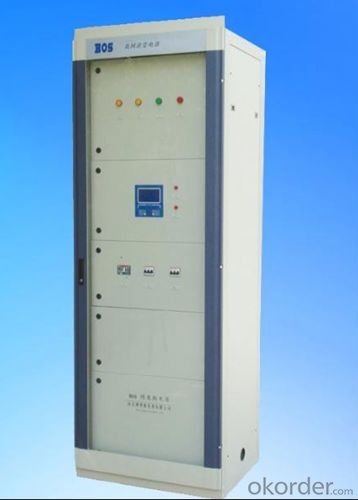
FAQ:Pls introduce more about CNBM .
CNBM Group is short for China National Building Materials Group Corporation, which is established in 1984 with approval from the State Council
CNBM Group is the largest comprehensive building materials industry group in China
The Group has a total asset of over RMB 360 billion, more than 180,000 employees and 17 subsidiaries
- Q: Can a solar controller be used with a solar-powered electric fence?
- Yes, a solar controller can be used with a solar-powered electric fence. The solar controller helps regulate the flow of electricity from the solar panels to the fence, ensuring that the fence is powered efficiently. It also helps monitor and maintain the battery charge to ensure consistent power supply.
- Q: What is the role of a solar controller in maximizing solar panel efficiency?
- The role of a solar controller in maximizing solar panel efficiency is crucial in ensuring optimal performance and protection of the solar panel system. Solar controllers, also known as charge controllers or solar regulators, are responsible for regulating the flow of energy between the solar panels and the batteries or electrical loads. One of the main functions of a solar controller is to prevent overcharging of the batteries. As solar panels generate electricity, they continuously charge the batteries. However, if the batteries are overcharged, it can lead to damage and reduced lifespan. The solar controller monitors the battery voltage and ensures that the charging process is controlled and optimized, preventing overcharging and extending the battery life. Moreover, solar controllers also protect the batteries from deep discharge. When the batteries are not being charged, they can discharge power back into the solar panels, causing damage and reducing overall efficiency. The solar controller prevents this by disconnecting the solar panels from the batteries when the voltage drops below a certain threshold, preserving battery capacity and preventing damage. Additionally, solar controllers play a role in maximizing the efficiency of the solar panels by maximizing the power output. They employ Maximum Power Point Tracking (MPPT) technology, which allows the solar panels to operate at their maximum power output regardless of changes in temperature or shading. MPPT technology continuously adjusts the voltage and current to find the optimal operating point for the solar panels, ensuring that they are always producing the maximum amount of power possible. In summary, the role of a solar controller in maximizing solar panel efficiency is to regulate the flow of energy, prevent overcharging and deep discharge of batteries, and employ MPPT technology to optimize the power output of the solar panels. By performing these functions, solar controllers ensure that the solar panel system operates at its highest efficiency, maximizing the generation of clean, renewable energy.
- Q: Can a solar controller be used with solar panel bird deterrent systems?
- Yes, a solar controller can be used with solar panel bird deterrent systems. A solar controller helps regulate and control the flow of electricity from the solar panels to the bird deterrent system. It ensures that the solar panels are charging the system's batteries efficiently and protects against overcharging or damage to the batteries. So, a solar controller is an important component in ensuring the proper functioning and longevity of the solar panel bird deterrent system.
- Q: What is the maximum discharge power of a solar controller?
- The solar controller's maximum discharge power is the highest amount of power it can release from the battery bank to supply energy to connected loads. This discharge power is usually measured in watts or kilowatts and depends on the capacity and specifications of the solar controller. The importance of the solar controller's maximum discharge power lies in its ability to determine the amount of power that can be drawn from the battery bank to meet the energy demands of the loads. It is crucial to ensure that the solar controller's maximum discharge power matches the power needs of the loads to avoid overloading or causing damage to the controller.
- Q: Can a solar controller be used with solar panels that have different angles of inclination?
- Yes, a solar controller can be used with solar panels that have different angles of inclination. The solar controller's main function is to regulate and optimize the charging and discharging of the battery connected to the solar panels. It does this by monitoring the voltage and current generated by the panels and adjusting the charging parameters accordingly. The angle of inclination of the solar panels affects the amount of sunlight they receive and, therefore, the amount of electricity they generate. Panels installed at different angles will produce varying amounts of power throughout the day. However, the solar controller is designed to work with these variations and can adjust the charging parameters accordingly. While it is generally recommended to install solar panels at the optimal angle for maximum energy production, it is not always possible due to various factors such as roof orientation, available space, and aesthetic considerations. In such cases, solar panels may be installed at different angles, and the solar controller will still be able to efficiently regulate the charging process. It is worth noting that significant deviations in the angle of inclination among panels in a system could lead to some loss in overall energy production. This is because panels at different angles may not receive sunlight uniformly, resulting in a decreased overall efficiency. However, modern solar controllers are capable of handling these variations and ensuring the system operates optimally, even with panels at different angles of inclination.
- Q: What certifications or standards should I look for when selecting a solar controller?
- When selecting a solar controller, there are several certifications and standards that you should look for to ensure that you are choosing a reliable and high-quality product. Some of the key certifications and standards to consider are: 1. UL (Underwriters Laboratories) Certification: UL certification ensures that the solar controller meets the safety standards set by UL. It guarantees that the product has been thoroughly tested and is safe to use. 2. CE Marking: The CE marking indicates that the solar controller complies with the European Union's health, safety, and environmental protection standards. This certification ensures that the product meets the necessary requirements for distribution and use within the European Economic Area. 3. RoHS Compliance: RoHS (Restriction of Hazardous Substances) compliance ensures that the solar controller does not contain any harmful substances such as lead, mercury, or cadmium. This certification ensures that the product is environmentally friendly and safe for use. 4. ISO 9001: This certification indicates that the manufacturer follows an internationally recognized quality management system. ISO 9001 certification ensures that the solar controller has undergone rigorous quality control processes, providing assurance of its reliability and performance. 5. IEC (International Electrotechnical Commission) Standards: Look for solar controllers that comply with relevant IEC standards, such as IEC 62109-1 for safety requirements and IEC 62509 for performance testing. Compliance with these standards ensures that the solar controller meets specific technical requirements for safety and performance. 6. IP Rating: The IP (Ingress Protection) rating determines the level of protection provided by the solar controller against dust and water ingress. Look for a solar controller with a high IP rating, such as IP65 or higher, to ensure its durability and protection against harsh environmental conditions. By considering these certifications and standards when selecting a solar controller, you can be confident that you are choosing a product that meets the necessary safety, environmental, and performance requirements.
- Q: Can a solar controller be used with solar panels of different forms?
- Yes, a solar controller can be used with solar panels of different forms. The solar controller is designed to regulate the charging process and protect the batteries from overcharging, regardless of the form or type of solar panels used.
- Q: Can a solar controller be used with solar panel tracking mounts?
- Yes, a solar controller can be used with solar panel tracking mounts. A solar controller is designed to regulate and optimize the charging of batteries in a solar power system, irrespective of whether the solar panels are stationary or tracking the sun's movement.
- Q: What is the maximum distance a solar controller can be placed from the batteries?
- The maximum distance a solar controller can be placed from the batteries depends on the specific controller and battery system being used. However, in general, it is recommended to keep the distance between the solar controller and batteries as short as possible to minimize power loss and ensure efficient charging. It is advisable to consult the manufacturer's guidelines or technical specifications for the specific solar controller and battery system to determine the recommended maximum distance.
- Q: Is a solar controller necessary for all solar panel installations?
- No, a solar controller is not necessary for all solar panel installations. It depends on the specific system and its components. Solar controllers are typically used in systems with batteries to regulate the charging process and prevent overcharging. However, if the solar panels are directly connected to the grid or if the system does not include batteries, a solar controller may not be required.
Send your message to us
Solar Irrigation Controllers PV Off-Grid Inverter from China GN-3KDSL-22R
OKorder Service Pledge
OKorder Financial Service
Similar products
Hot products
Hot Searches
Related keywords
